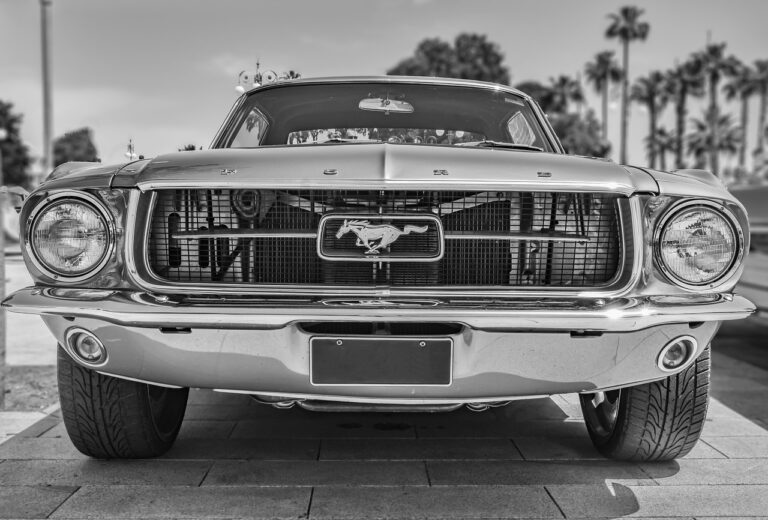Analyzing the Role of Government Regulations in Vehicle Safety
With the rise of automobile manufacturing in the early 20th century, concerns about road safety became more prevalent. In the 1930s, the first official vehicle safety regulations were introduced in the United States with a focus on basic safety features such as headlights, brake lights, and windshield wipers.
Over the decades, as technology advanced and cars became more widespread, the need for comprehensive safety standards became apparent. In the 1960s, landmark regulations like the National Traffic and Motor Vehicle Safety Act were enacted, laying the foundation for modern vehicle safety requirements. These regulations marked a significant shift towards prioritizing occupant protection and crashworthiness in vehicle design.
The Impact of Government Regulations on Vehicle Design
Government regulations play a pivotal role in shaping the design and safety features of vehicles. These regulations are established to ensure that vehicles meet specific standards for aspects such as crashworthiness, emissions, and overall safety. Automakers must adhere to these regulations to assure that their vehicles are safe for consumers and comply with legal requirements.
Through the implementation of government regulations, vehicle design has evolved significantly over the years. Manufacturers are constantly striving to innovate and improve the safety of their vehicles to meet stringent regulatory standards. As a result, modern vehicles are equipped with advanced safety technologies and features aimed at protecting occupants in the event of a crash, highlighting the positive impact of government regulations on vehicle design.
– Government regulations ensure vehicles meet specific standards for crashworthiness, emissions, and safety
– Automakers must adhere to regulations to assure vehicle safety and legal compliance
– Vehicle design has evolved significantly due to government regulations
– Manufacturers constantly innovate to improve vehicle safety standards
– Modern vehicles equipped with advanced safety technologies due to regulatory standards
The Role of Crash Tests in Ensuring Vehicle Safety
Crash tests play a crucial role in guaranteeing the safety of vehicles on the road. These tests involve simulating different types of collisions to assess how well a car can protect its occupants in the event of an accident. By subjecting vehicles to rigorous testing protocols, manufacturers can identify potential weaknesses in their designs and make necessary improvements to enhance overall safety standards.
Through crash tests, automakers can measure various factors such as impact force, structural integrity, and airbag deployment. These tests provide valuable data that can help engineers refine vehicle design and implement advanced safety features. By continuously refining and optimizing vehicle safety through crash testing, manufacturers can mitigate the risks of serious injuries and save lives on the road.
What is the purpose of crash tests in ensuring vehicle safety?
Crash tests are conducted to evaluate how well a vehicle can protect its occupants in the event of a crash, and to identify any potential safety issues that need to be addressed.
How are crash tests conducted?
Crash tests are typically conducted by driving a vehicle at high speeds into a barrier or another object to simulate the impact of a real-world crash. Sensors and cameras are used to measure the forces experienced by the vehicle and its occupants during the crash.
How do crash test results impact vehicle design?
Crash test results can have a significant impact on vehicle design, as they may reveal weaknesses in a vehicle’s structure or safety features that need to be improved to meet safety standards.
Are all vehicles required to undergo crash tests?
In most countries, vehicles are required to undergo crash tests to ensure they meet safety regulations before they can be sold to the public.
How have crash tests contributed to improvements in vehicle safety over the years?
Crash tests have played a key role in driving advancements in vehicle safety technology, leading to the development of features such as airbags, seat belts, and crumple zones that help protect occupants in the event of a crash.







